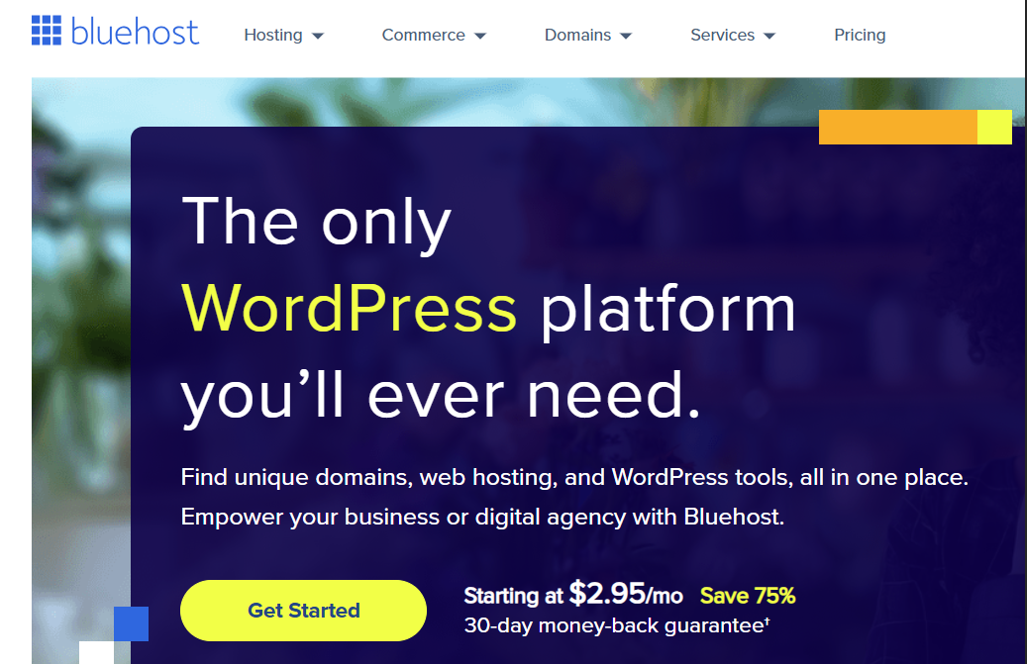Launching your website can feel like standing at the starting line, adrenaline pumping, ready to sprint to the finish. But here’s the twist: the launch is only the beginning. The biggest growth and real wins come with the work you put in after opening your site to the world. This post digs into what practical steps you need to take right after your site goes live, from building your first blog posts to setting up analytics and boosting your site’s reach.
You Have a New Website, I Felt I Needed to Get Posts Posted as Quickly as Possible
 Photo by RDNE Stock project
Photo by RDNE Stock project
I remember the rush after launching my first blog. My focus was all about posting as much content as possible. I typed away 12 – 14 hours a day, fueled by the drive to fill up blank pages. But I barely stopped to think about how people would actually find my hard work.
About seven months later, reality set in. In this time, I started 2 blogs and a Shopify store. My site’s traffic sat at the bottom of search rankings. Something wasn’t connecting. That’s when the letters “S-E-O” started to make more sense, and I realized speed couldn’t outrun the need to optimize for search engines. I joined RightBlogger during week one, but, in my rush, I skipped their SEO mastery resources for months. That was a mistake. Slowing down long enough to learn the big-picture basics would have saved me a lot of time and frustration.
Recommend Right Blogger for the Technical SEO
The smartest move I made early in my blogging journey was joining RightBlogger. I just wish I’d spent more of my early weeks digging into their SEO resources and training, like the SEO Mastery course. Their library covers everything from keyword research to technical tweaks that keep your site running smoothly.
Here are some topics their training dives into:
- Intro to SEO
- Keyword Research: How to find words people actually search for
- On-page SEO: Making individual pages rank higher
- Off-page SEO: Building links and reputation

Technical SEO
Getting the technical side right is like setting a foundation before building a house. If visitors hit a slow-loading page or get lost on mobile, they’ll bounce in seconds. Technical SEO covers:
- Site speed (nobody sticks around for slow pages)
- Mobile responsiveness (your site needs to look good on every screen)
- SSL security (protects both you and your visitors)
- Fixing broken links and errors
- Creating sitemap.xml and robots.txt files to guide search engines
To learn why these details matter, see why SEO-Optimize a Blog Post with Me (+ Q&A Session) with Ryan Robinson.
To learn more about backlinks, How to Build Backlinks in 2024: What’s Actually Working Now (+ Live Q&A) with Ryan Robinson.
Verify Website Performance
Test your site’s load time using tools like PageSpeed Insights. If you find broken links, fix them right away. Minify your CSS and Javascript for better speed. Regular check-ins keep your site smooth for both users and search engines.
Ensure Mobile Responsiveness and Security
Double-check your design on phones and tablets. Issues often show up on mobile first. Make sure SSL (the “https” in your address) is working, or Google will flag your site as “not secure.” This alone can affect search rankings.
Yoast Plugin
After installing and configuring the Yoast SEO plugin, connect your site to Google Analytics and Search Console. This duo helps you track who visits your site, which pages get attention, and which keywords draw people in.
You can start with Google’s own guide for setting up Google Analytics and Search Console. For more step-by-step help, check out guides on connecting Google Search Console to Analytics.
Submitting your sitemap to both Google Search Console and Bing Webmaster Tools boosts your chances of getting indexed quickly. This process tells search engines where to look and speeds up the process of getting your posts found.
4 Essential RightBlogger Tools to Use in Your SEO Workflow
RightBlogger gives you a plenty of tools worth using from the start:
- Keyword Cluster Categories: Helps organize topics and build groups of related content.
- Keyword Research Tool: Finds low-competition phrases you can actually rank for.
- People Also Ask (PAA) Tool: Surfaces hidden questions real users search (these nuggets can inspire blog titles).
- Content Gap Analysis Tool: Shows you content opportunities your competitors rank for that you may have missed.
Link Whisper Plugin
Install Link Whisper to make internal linking easy. The plugin suggests relevant links between your posts while you write, which builds site structure and keeps readers clicking.
Promote Your New Website
You can have the best content in the world, but if nobody sees it, growth is slow. Visibility comes from both active promotion and steady, smart outreach.
Leverage Email Marketing
An email list still works better than almost anything else for new sites. Announce your site launch to friends and early followers. Give people a reason to sign up—maybe a free PDF or simple checklist. An attachment is a small gesture, but it builds loyalty.
Announce Across Social Channels
Prepare launch posts for your main social platforms. Keep your tone friendly; share your story, what you’re excited about, and why people should check you out. After launch, keep momentum by posting consistently. Even quick updates, behind-the-scenes peeks, or weekly highlights make a difference.
Focus on Writing Great Content
Bringing a website to life is exciting, but the work after launch matters even more. Focus on writing great content at a steady clip, slow down to learn the basics of SEO, and use reliable tools like RightBlogger to guide your way. Share your work everywhere you can and keep measuring your progress. Growth takes time, but with consistent steps, your site will keep climbing and you can enjoy the process.















